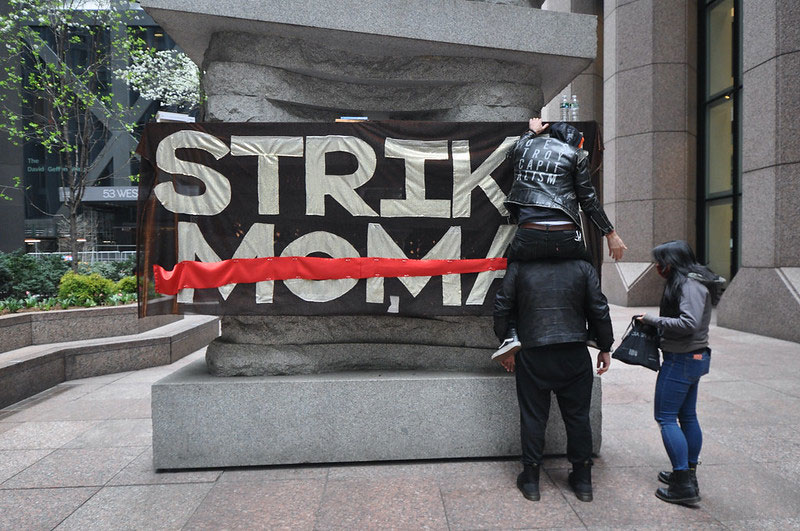January 14, 2011; Source: Seattle Times | In Microsoft’s 2010 workplace giving campaign, 35,000 employees (out of 53,635 in the U.S.) made charitable contributions. The company matched employee contributions dollar for dollar up to $12,000 per employee and paid an hourly match for employees who volunteered with charities (4,000 employed dedicated 350,000 hours to volunteer work, which generated $6 million in Microsoft company contributions to the recipient charities).
The total of all of this was a $96 million campaign that gave money to 16,000 nonprofits. The top three recipients were the United Way of King County (Washington), World Vision International, and the Seattle Children's Hospital Foundation. Microsoft employees constitute the largest source of donors for the Children's Hospital, with most of the funds dedicated to paying for the uncompensated health care costs of patients lacking health insurance.
Sign up for our free newsletters
Subscribe to NPQ's newsletters to have our top stories delivered directly to your inbox.
By signing up, you agree to our privacy policy and terms of use, and to receive messages from NPQ and our partners.
These numbers are clearly possible in a firm like Microsoft that had 2010 revenues of $62.5 billion and profit of $18.8 billion. Its profits in the first quarter of FY2011 jumped 51 percent. Oddly, some of the increased profitability of Microsoft in 2010 may have been due to the company's shedding more than 4,000 jobs in the wake of the company's weak 2009 performance, dropping total worldwide Microsoft employment from 92,736 to 88,596. But the company was booming in 2010 and appears to be continuing or even surpassing that performance in 2011, making those existing employees feel secure enough in their jobs to be generous with their charitable giving.
But outside of the workplace campaigns organized by the United Way and its competitors, how is workplace philanthropy doing among the firms whose numbers don't look anything like Redmond, Washington's Microsoft?—Rick Cohen













